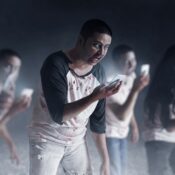Many of the truly inescapable conversation topics of the moment turn on the idea of AI (Artificial Intelligence). While humans grapple with how emerging technology might replace jobs, that fear of being supplanted by machines has been in the culture for a long time. Sixty years ago, WED Enterprises, known today as Walt Disney Imagineering, unveiled a shocking link in that chain at the 1964 New York World’s Fair: a mechanical puppet, or animatronic, of President Abraham Lincoln.
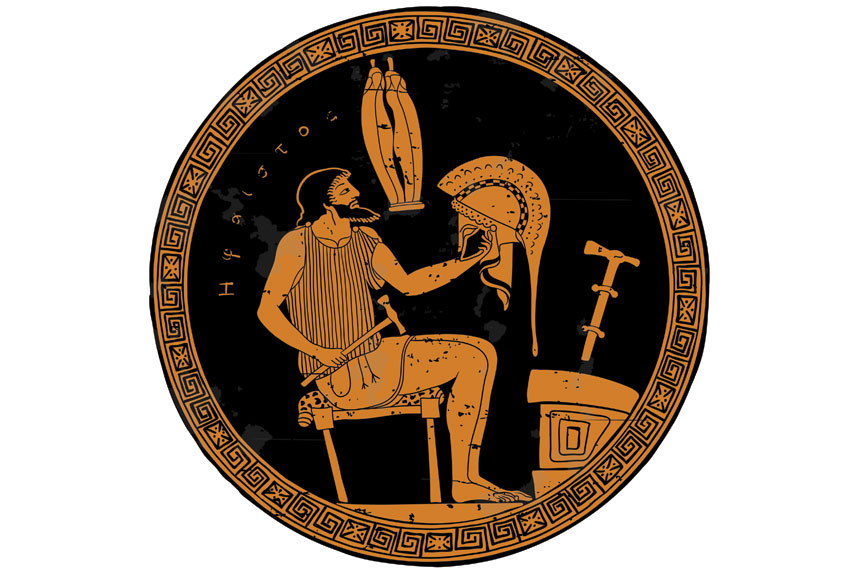
The notion of artificial or mechanical people has its roots in ancient times. In Greek mythology, Talos was a giant man made of bronze by Hephaestus, the smith of the Olympian gods, on the orders of Zeus. Talos was said to protect Zeus’s love Europa on the island of Crete. Hephaestus, who had a limp due to the wrath of Zeus, also build two small gold men to help him move around his forge; the gold men and Talos are often viewed as Western culture’s first fictional robots.
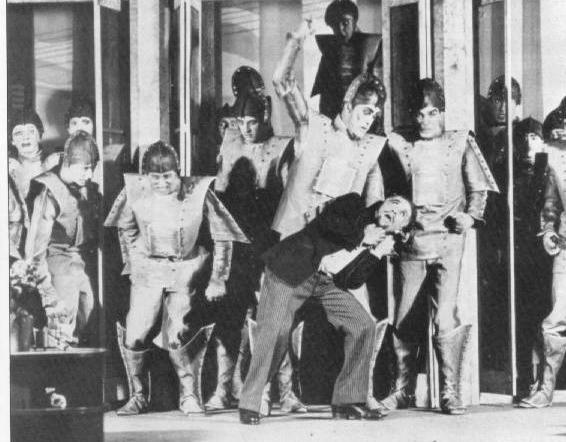
Czech writer Karel Čapek both introduced and named our modern conception of the robot in his 1920 play, R.U.R. (Rossum’s Universal Robots). Čapek credited his brother, Josef, for coming up with the actual word, which he drew from the Czech word roboti, meaning work. The robots in the play are manufactured en masse as workers, and they have human appearances. The idea of the human-seeming robot is also central to the action of Fritz Lang’s 1927 film classic, Metropolis.
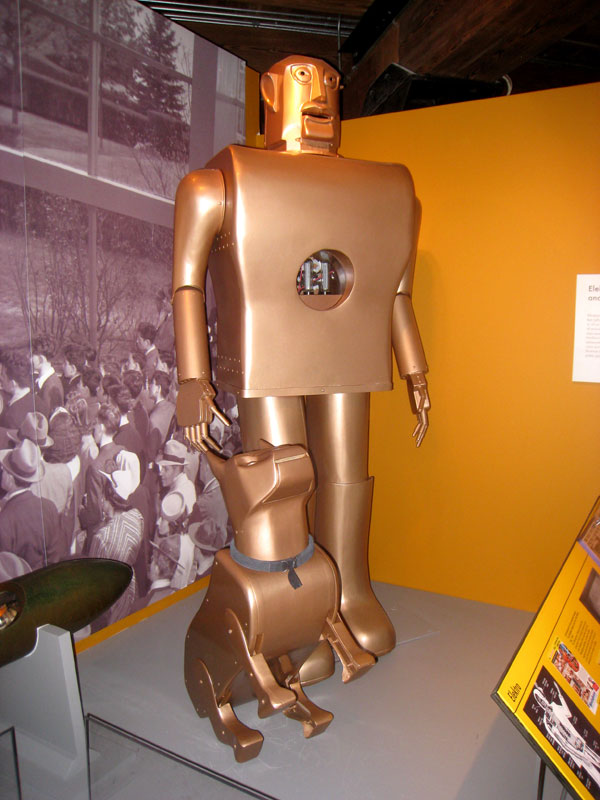
Between 1937 and 1938, engineers at the Manchester, Ohio location of Westinghouse Electric Corporation set about building their own robot. His name was Elektro, and he was a hit with the public at the 1939 New York World’s Fair. Despite having a record player-powered vocabulary and the ability to do some cool tricks like inflate a balloon, there was nothing perceivably lifelike about Elektro; he was, simply, a seven-foot tall robot. In 1940, Elektro was joined at the exhibit by Sparko, a robotic canine that had several dog behaviors. Sparko is much closer to the idea of an animatronic, in that his design attempted to mimic the movements and behavior of an actual living dog.
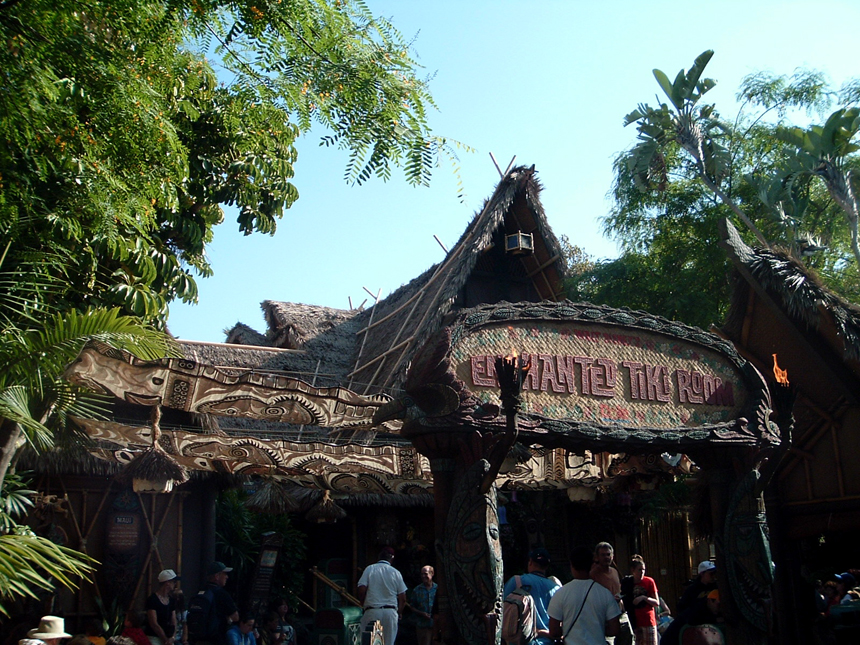
Disney comes into the picture in the 1950s. With the goal of designing Disneyland in mind, Walt formed Walt Disney, Inc. for research, development, and engineering in 1952; it would became WED (and later, Walt Disney Imagineering in 1996 when they merged with Disney’s real estate development arm). Disneyland opened in 1955, and WED would soon become heavily involved with showcasing new ideas and technology through the World’s Fair. In 1961, Disney created the term Audio-Animatronics to define some of the creations that would appear in Disneyland attractions; these creations would merge a kind of robotic puppetry with sound capabilities. By 1963, Disney unveiled the first of these creations in the form of the birds that populated the Enchanted Tiki Room (for which we now apologize for getting the “Tiki Tiki Tiki Room” song stuck in your head).
When the 1964 New York World’s Fair opened 60 years ago this month, Disney had a major presence. They debuted the “It’s a Small World” ride at the Pepsi-Cola Pavilion. That’s right: the actual ride. It would run at the Fair for months before being disassembled and reinstalled at Disneyland. The animated animals and children that populated the attraction were not of the animatronic level (because they didn’t in general have full moving faces or speech mimicking), but they were impressive bits of showmanship. Another attraction that would make the move west was the “Carousel of Progress” at the General Electric area. In cooperation with Ford, they also showed “Ford’s Magic Skyway,” a transportation system that would be reimagined at the Disney parks Tomorrowland section as the original PeopleMover.
But the big leap in Animatronics was Abraham Lincoln. The “Great Moments with Mr. Lincoln” show at the Illinois pavilion showcased a moving, “speaking” animatronic Honest Abe who recited some of the sixteenth president’s famous speeches. The voice was provided by character actor Royal Dano, who appeared in dozens of film and television projects, including Twin Peaks and The Outlaw Josey Wales. “Great Moments” ran throughout the Fair, and was then moved to Disneyland, where it still operates. That show was the forerunner of the “Hall of Presidents,” which was later installed at Walt Disney World in Florida. Dano’s voice is still used at both venues.
“A Spoonful of Sugar” from Mary Poppins (Uploaded to YouTube by Jean Belmondo)
Before 1964 was out, another major advancement in animatronics on behalf of Disney appeared briefly in the classic film Mary Poppins. During the “A Spoonful of Sugar” number, the robins that Mary (Julie Andrews) interacts with are animatronic creations of WED. In just a few seconds on screen, the birds demonstrate head, wing, and tail movement.
Great Grogu (aka The Child) Moments (Uploaded to YouTube by Disney Plus)
In the decades since, animatronic characters have become a staple of amusement parks and the entertainment industry. Not only do the world’s various Disney parks use the characters, but other amusement companies integrate animatronics into a countless number of rides and attractions. The Chuck E. Cheese chain famously incorporates animatronic characters into its arcade-restaurants. The Five Nights at Freddy’s multimedia franchise turns on animatronic characters gone bad. And perhaps one of the most popular characters in the last decade, Grogu from The Mandalorian, is brought to life by a combination of puppetry, animatronics, and CGI enhancements.
The World’s Fair was always meant to showcase achievement and innovation. Some of the ideas shown never made it past those early stages. However, in the case of animatronics, those early experiments with robot dogs and oratorical presidents opened up a wider world that has kept audiences entertained and enthralled while suggesting that almost any idea can be realized with the right combination of investment and craftsmanship.
Become a Saturday Evening Post member and enjoy unlimited access. Subscribe now


